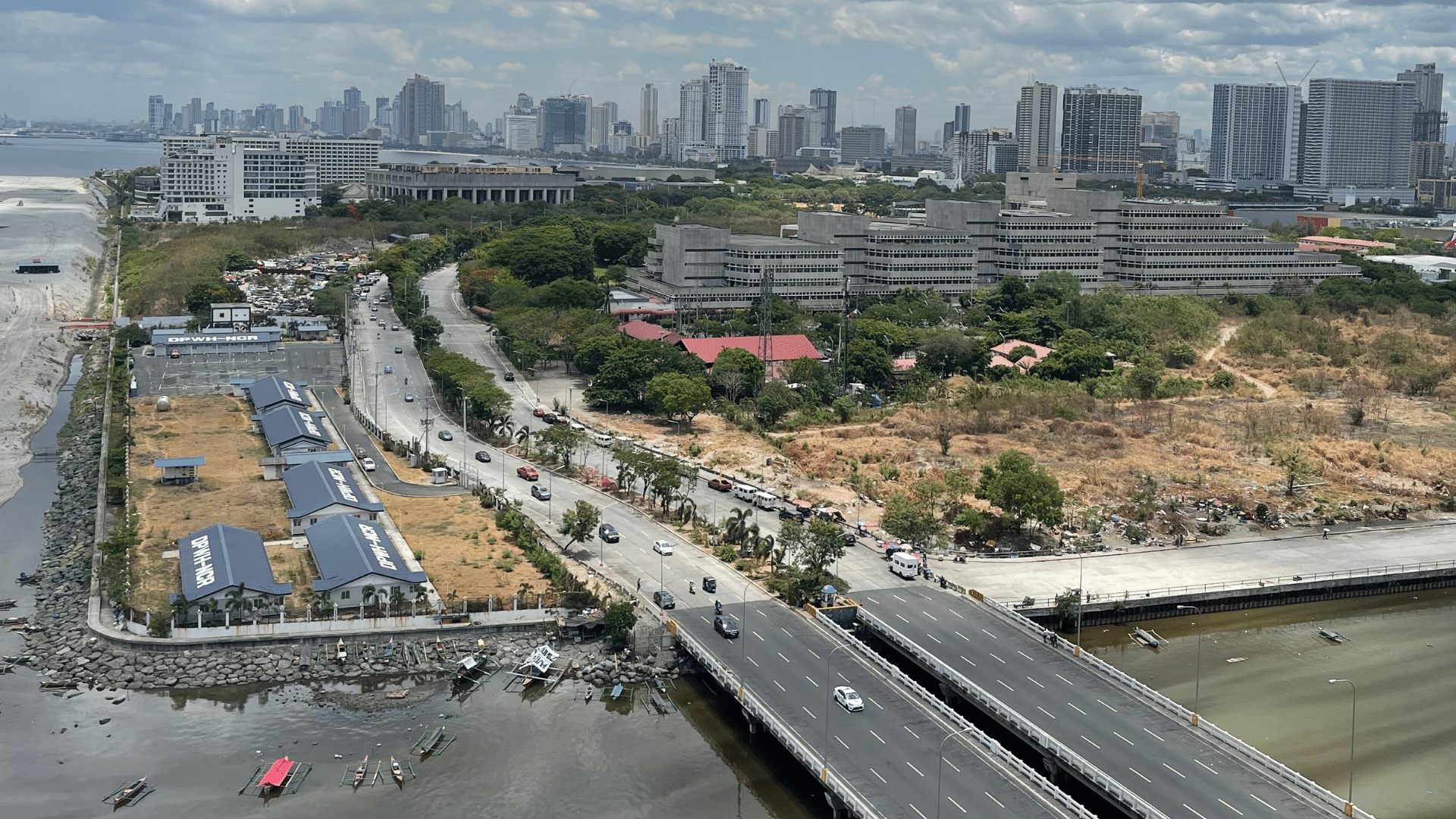
Manila Skyline | PHOTO: JMS
The Philippines is set for further expansion over the next decade, driven by the Marcos administration’s commitment to increase infrastructure investments, according to a report released on Thursday.
The global consultancy firm Angsana Council, Bain & Company, and DBS Bank placed the country’s gross domestic product (GDP) growth at 6.1 percent for the next 10 years, sitting at the lower level of the government’s 6 to 7 percent growth target this year.
The country’s projected growth of 6.1 percent over the next decade places it behind Vietnam, which is expected to grow by 6.6 percent, but ahead of the Southeast Asia average growth forecast of 5.1 percent.
READ: May inflation rises to 3.9%, highest in five months
For the first quarter, the economy grew by 5.7 percent, faster than the 5.5 percent growth in the last three months of 2023.
The report attributed the positive outlook to the government’s increased infrastructure investments and a growing workforce, aligning with the World Bank’s description of the country as being in a “demographic sweet spot”.
Government data showed that 64 percent of the Filipino population of over 110 million belongs to the working-age group of 15 to 64 years old which means that the country has the potential to become rich before its population gets old.
The report also noted the country’s growth in infrastructure, as measured by the gross fixed capital formation, grew by 8.2 percent in 2023, slower compared from the 9.8 percent seen in 2022. Meanwhile, its share to GDP reached 23.3 percent, the highest since the 26.7 percent in 2019.
Looking ahead, the government is expected to spend P1.28 trillion on infrastructure and capital outlays next year. This was higher by 3.04 percent from the P1.24 trillion budget this year.
READ: S&P expects infrastructure investments to support growth
The Marcos administration seeks to spend 5 to 6 percent of GDP on infrastructure annually.
According to the National Economic and Development Authority, there are 185 projects amounting P9.56 trillion in the pipeline, of which majority comes from the Department of Public Works and Highways with 74 and the Department of Transportation with 69.
Despite this, the report highlighted factors that could possibly dampen the country’s growth.
“Traditional growth drivers lagging other Southeast Asian countries (education, infrastructure, government effectiveness) and geopolitics, especially tensions with China, might escalate, disrupting recovery,” the report said.